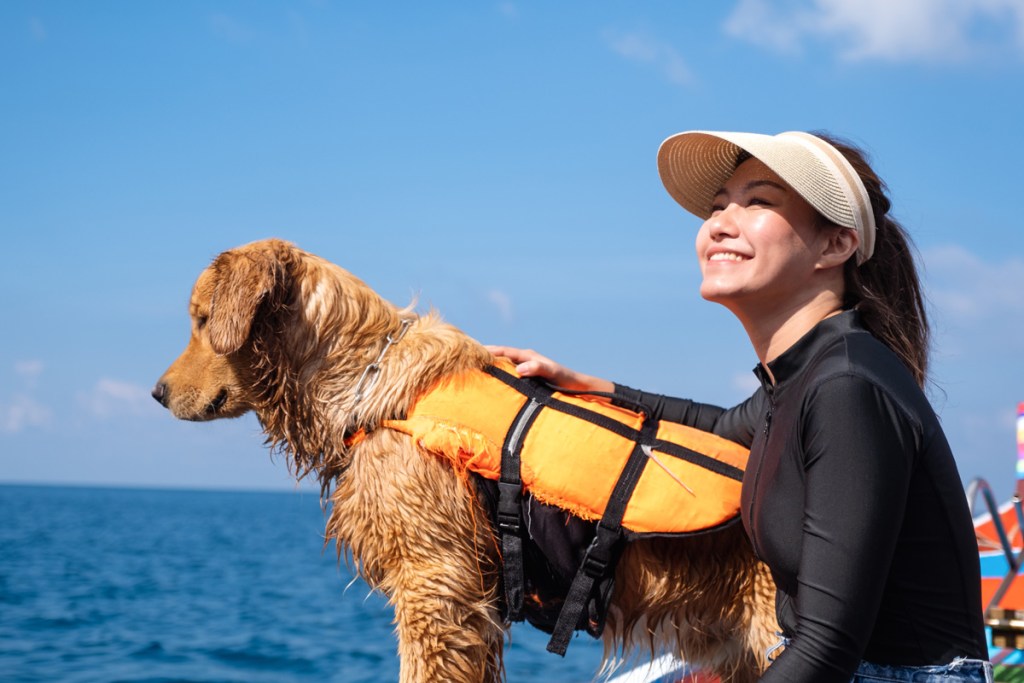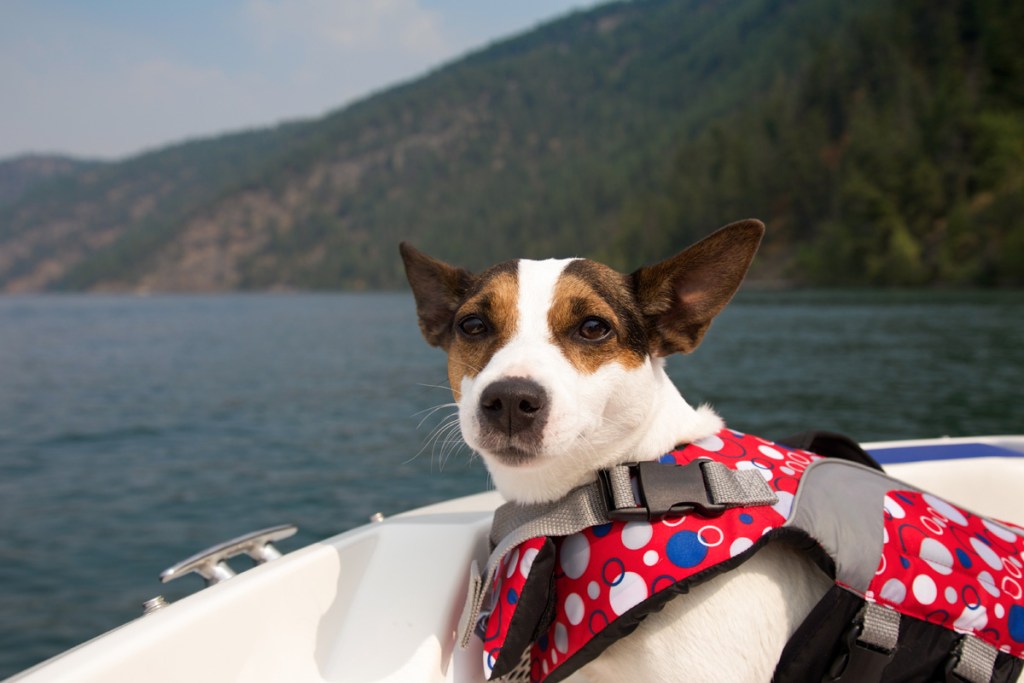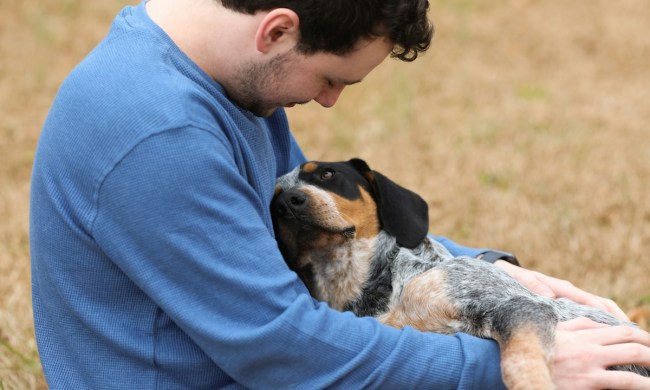For boating enthusiasts, a day spent on the water is a great escape from life’s stresses. There’s nothing like the feeling of a cool breeze on your face as you skim across the water on a wide-open lake. Boating is a wonderful activity that can be enjoyed by all of the family and that often includes the dog. Many dogs were bred to be on or around water and are happy to spend hours cruising with their families.
What is the best dog to have on a boat?
There are many things you need to take into consideration when choosing a boating dog. For example, if space is limited, it makes sense to choose a small dog as a cruising companion. However, on bigger boats, it can be so much fun to watch a powerful dog such as a golden retriever leap into a lake to cool off on a summer day. No matter your fur baby’s size, be sure he can swim before you venture out together aboard a boat.
A dog’s temperament also plays an important role when choosing a boating buddy. The happiest dogs will be calm and obedient ones who enjoy the water, love being with the family, and adapt easily to different situations.

What are the best sea dogs?
Whether boating on a lake or sailing on the ocean, the best canine companions are those who are comfortable in and around the water. The breeds that typically enjoy boating adventures most include:
Large dogs
1. Golden retrievers
- Originally bred to hunt and retrieve waterfowl, goldens are comfortable around water.
- Goldens love swimming and the challenge may be keeping them out of the water.
2. Labrador retriever
- Labradors are friendly, outgoing dogs who don’t like to be left out of family adventures.
- Bred to hunt waterfowl, Labs are natural swimmers.
Medium-sized dogs
1. American water spaniel
- The AKC refers to this breed as outdoorsy athletes who love to swim.
- Spaniels were bred to retrieve on land or in water, making them fun boating companions.
2. Schipperke
- These dogs were bred to hunt rats on canal barges so they are at home on a boat.
- Schipperkes are adaptable, curious, and confident.
Small dogs
1. Parson Russell terrier
- These terriers are feisty and fearless and adapt well to different environments.
- Parson Russells are energetic and can easily hop on and off a boat.
2. Yorkshire terrier
- Feisty and adventurous, most Yorkies love to swim.
- Yorkies are loyal and loving, making them great sailing companions.
Do dogs like being on boats?
Dogs who love the water and spending time with their families are usually excited to be included on boating adventures. Following are tips to help keep your dog safe and comfortable when out on the water.
- Dogs should always wear a properly fitted and brightly colored canine life jacket on boating trips.
- Invest in a dog-friendly boat ramp to make it easier for large dogs getting on and off the boat.
- Pack a pet first-aid kit and include ointment for scrapes or cuts and dog-safe sunscreen.
- Be sure your dog has access to a shaded area on the boat.
- Bring along fresh water and a collapsible bowl to keep your dog hydrated.
- Consider a cooling vest to help keep your dog comfortable on sunny days.
- Don’t forget to bring extra towels for drying off the dog after swimming.
- Schedule shore stops for bathroom breaks. When this isn’t possible, use pee pads or potty grass for onboard potty time.
- Provide an anti-slip mat in a designated area of the boat where your dog can lie down. Teach a dog to go to his place when launching the boat or speeding across the water says, dog trainer Cathy Madson in a Preventive Vet article.
- Madson also recommends having a plan in case your dog falls off the boat. It should include cutting off the engine, calling the dog from a designated spot on the boat, and lifting him to safety. The routine should be practiced often.

Finally, if your dog is new to boating, acclimate your pup slowly to the experience. Introduce your dog to the boat on land if possible. Small dogs can be carried onto the boat while it’s easier for larger dogs to learn to use a ramp when boarding. The first boating trip should be short and confined to calm waters. Some dogs may experience motion sickness early on; symptoms can be relieved with medication. Once your dog is comfortable with short trips you can head out on longer boating adventures confident that you and your buddy will both enjoy the experience.



